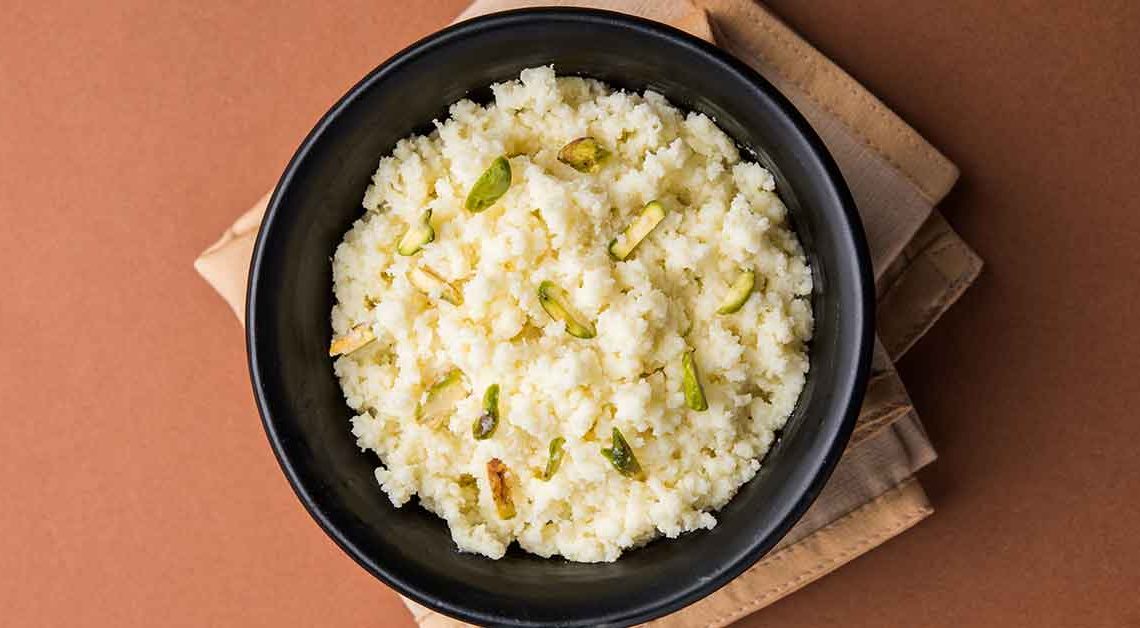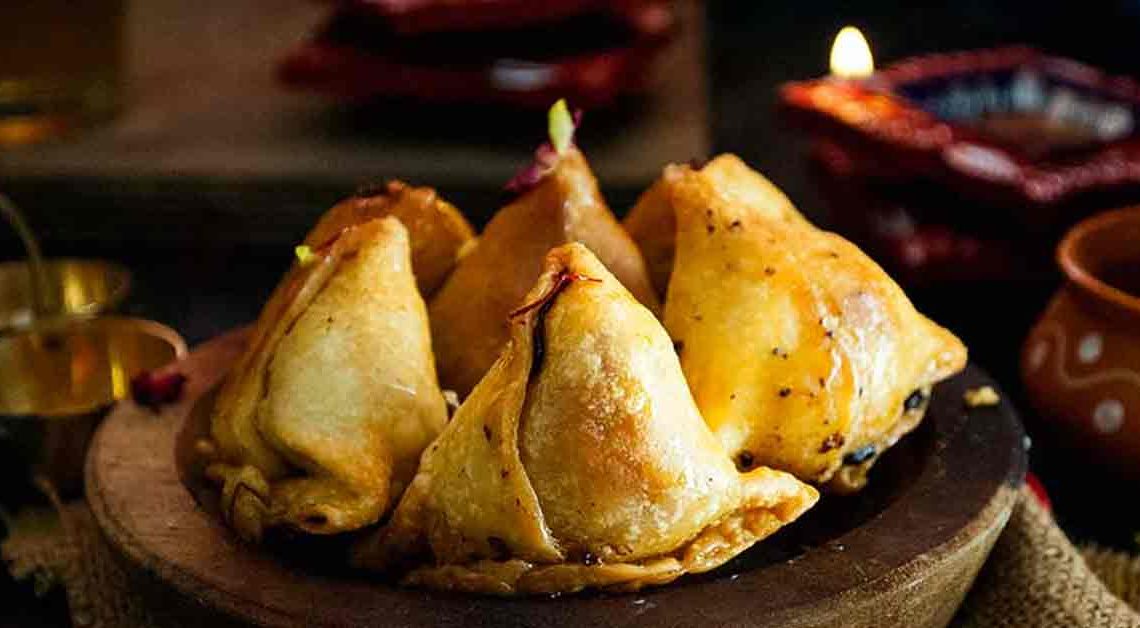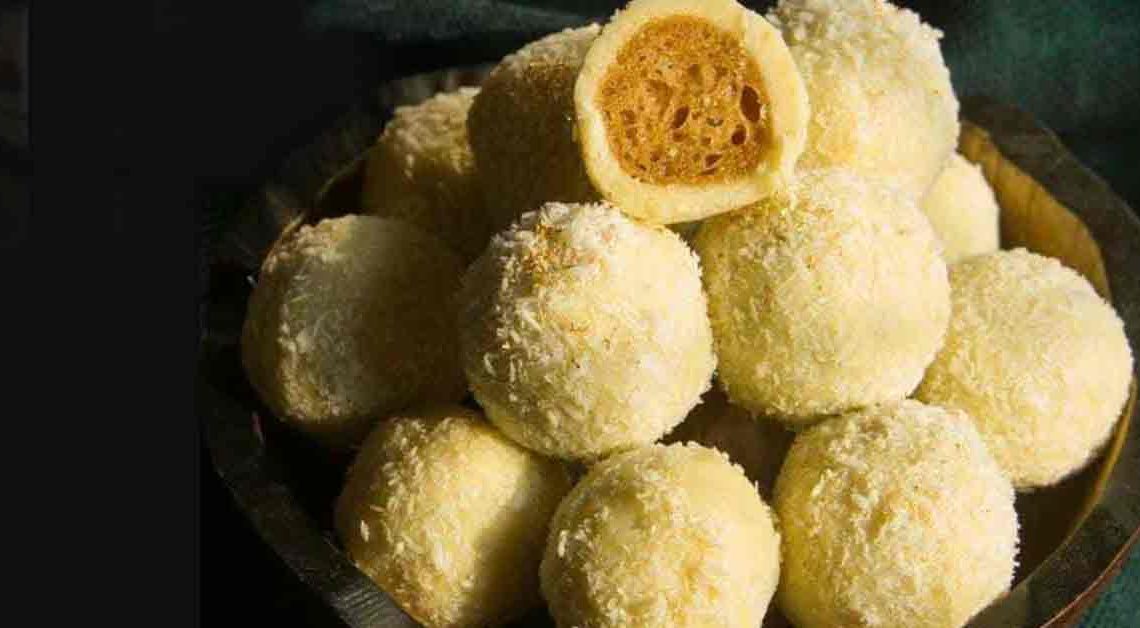Kalakand: Protein Powerhouse

Welcome to our culinary paradise of Mithainama! where we explore the rich and diverse world of food! Today, we embark on a mouthwatering adventure as we dive into the captivating realm of Kalakand, a traditional Indian sweet that has captured hearts and palates for generations. Join us as we unravel the secrets behind this irresistible delicacy, discovering its origins, flavors, and enchanting variations.
Kalakand, originating from the colorful land of India, is a quintessential dessert that has been cherished for centuries. Its velvety texture, delicate sweetness, and aromatic hints of cardamom make it an absolute delight for dessert enthusiasts. Legend has it that this exquisite sweet was first created in the city of Alwar, Rajasthan, by a skilled artisan seeking to replicate the richness of milk combined with a heavenly taste. Since then, it has gained fame far and wide, becoming a cherished treat during festivals, celebrations, and joyful occasions throughout the subcontinent.
Origin of Kalakand
Kalakand, a popular Indian sweet, has a fascinating origin rooted in the history and culture of the subcontinent. The sweet is believed to have originated in the city of Alwar, located in the state of Rajasthan in North India.
According to legend, it was first created in the late 19th century by a sweet maker named Baba Thakur Das. He was a resident of Alwar and a devotee of Lord Krishna. Inspired by the tradition of offering milk-based sweets to deities, Baba Thakur Das set out to create a unique delicacy that would capture the richness of milk and the essence of devotion.
The sweet gained immense popularity in Alwar and quickly spread across the region, captivating the taste buds of locals and visitors alike. Eventually, it became a beloved treat during festivals and special occasions throughout India.
History of Kalakand
The history of Kalakand dates back to several centuries, evolving over time to become one of the most cherished sweets in India. While the exact origins are not well-documented, the sweet has deep cultural roots and a rich historical significance.
The roots can be traced back to the region of Braj, located in present-day Uttar Pradesh, India. Braj is a region deeply associated with Lord Krishna and his divine leelas (pastimes). It is believed that the concept of sweet was inspired by the stories and folklore surrounding Lord Krishna and his love for milk-based sweets.
As Indian cuisine evolved and diversified, different regions began experimenting with flavors and ingredients, incorporating regional specialties. For example, in Bengal, Kalakand is known as “Sandesh” and is often flavored with cardamom or dipped in rosewater syrup. In the state of Maharashtra, a version called “Doodh Pak” is prepared using condensed milk, ghee, and dry fruits.
Cultural Significance
This delectable sweet has become synonymous with joy, auspicious occasions, and the spirit of togetherness. Here are some aspects of its cultural significance:
Festivals and Celebrations: It is a quintessential part of festive celebrations in India. It is often prepared and shared during major Hindu festivals like Diwali, Holi, Raksha Bandhan, Janmashtami (Lord Krishna’s birthday), and Navratri.
Weddings and Special Occasions: It is an essential part of wedding festivities and special occasions. It is served as a traditional sweet during wedding ceremonies, where it symbolizes the sweetness and harmony in the couple’s new journey together.
Regional Significance: It holds specific regional significance in different parts of India. In the city of Alwar, Rajasthan, where it is believed to have originated, and is deeply ingrained in the local culture and is considered a specialty.
Where is Kalakand Famous?
Kalakand is famous and widely enjoyed across India, with certain regions and cities being particularly renowned for their versions of this delightful sweet. Here are some places where it is especially famous:
Alwar, Rajasthan: Alwar is considered the birthplace of Kalakand, and it holds a special significance in the history and popularity of this sweet. The city is known for its traditional and authentic, which is made with skillful craftsmanship and is enjoyed by both locals and visitors.
Mathura and Vrindavan, Uttar Pradesh: These two holy cities in Uttar Pradesh, known for their association with Lord Krishna, have their own unique version of it. The sweet is an integral part of the local cuisine, particularly during the festive celebrations of Janmashtami (Lord Krishna’s birthday) when it is prepared and distributed as prasad (offering).
Agra, Uttar Pradesh: Agra, famous for the majestic Taj Mahal, is also known for its delectable dessert. The city offers a wide variety of this sweet, often prepared using the traditional method of simmering milk for hours to achieve a rich, creamy texture.
Interesting Facts and Trivia
Certainly! Here are some interesting facts and trivia related to Kalakand:
- This delectable sweet is believed to have originated in the late 19th century in Alwar, Rajasthan, by a sweet maker named Baba Thakur Das. His unique recipe and preparation method laid the foundation for the delicious sweet we know today.
- It is made by reducing milk to a solid, fudgy consistency. It takes several hours of simmering and stirring to achieve the desired texture and flavor. The slow process of milk reduction is a testament to the patience and skill required to create this delectable sweet.
- While traditional delightful sweets are made by reducing milk, modern variations often use condensed milk as a time-saving alternative. Condensed milk provides a shortcut to achieve the rich and creamy texture, reducing the cooking time significantly.
- It has numerous regional variations across India. In Bengal, it is known as “Sandesh” and is often flavored with cardamom or dipped in rosewater syrup. In Maharashtra, a variation called “Doodh Pak” is prepared using condensed milk, ghee, and dry fruits.
- Kalakand is a popular sweet during festivals and celebrations. It is especially prominent during Diwali (Festival of Lights) and Janmashtami (Lord Krishna’s birthday) celebrations.
Did You Know?
Kalakand, besides being a delicious sweet, offers several health benefits when consumed in moderation.
- Kalakand is primarily made from milk, which is a great source of calcium. Calcium is essential for maintaining healthy bones and teeth, supporting proper nerve function, and aiding in muscle contraction.
- Milk, the main ingredient in Kalakand, is also a good source of protein. Protein is crucial for muscle repair and growth, as well as supporting the immune system.
- Kalakand contains carbohydrates from the milk solids, providing a quick energy boost. Carbohydrates are the body’s primary source of fuel and are essential for daily activities.
- Kalakand often includes nuts like almonds or pistachios, which provide additional nutritional value. Nuts are packed with healthy fats, fiber, and various vitamins and minerals, offering benefits such as improved heart health and enhanced brain function.
- Indulging in a sweet treat like Kalakand can stimulate the release of endorphins, the “feel-good” hormones, leading to a temporary mood lift and a sense of happiness.







